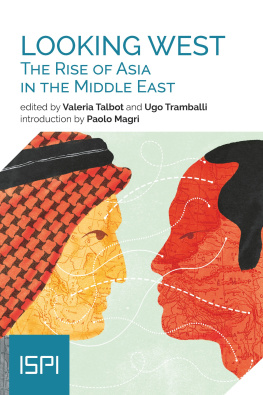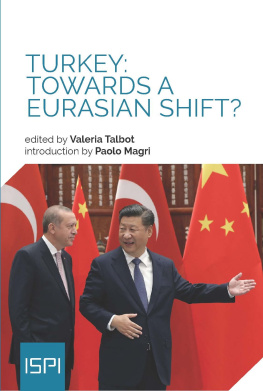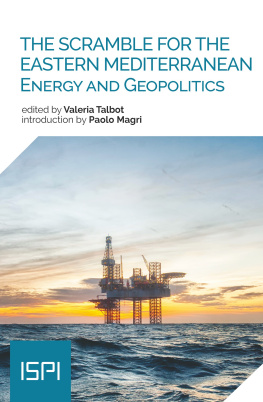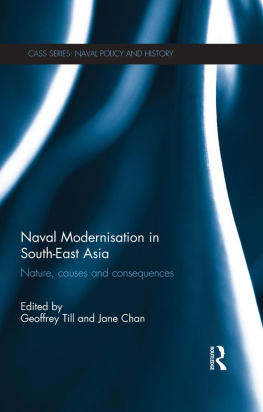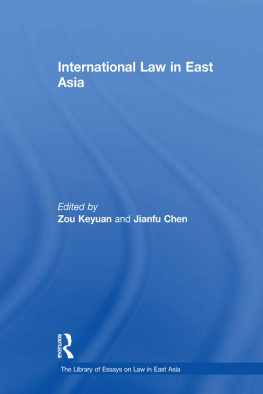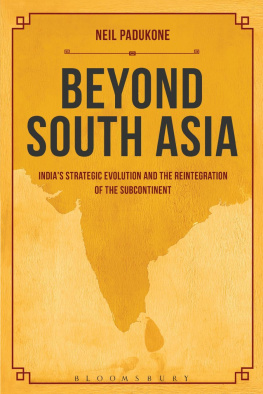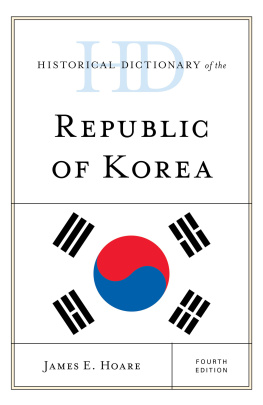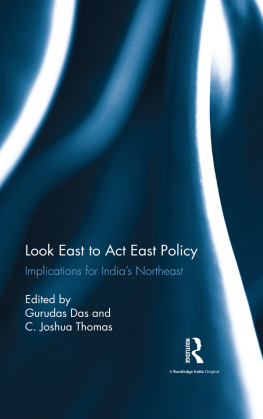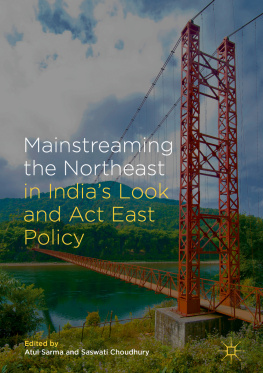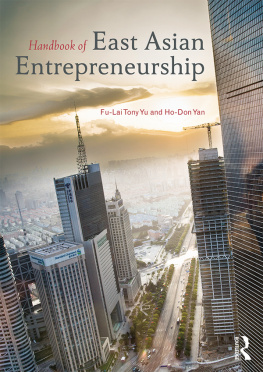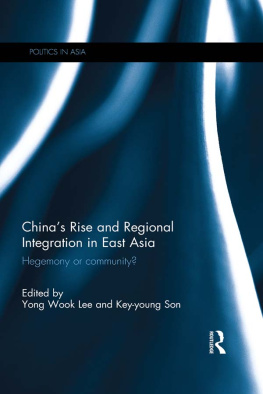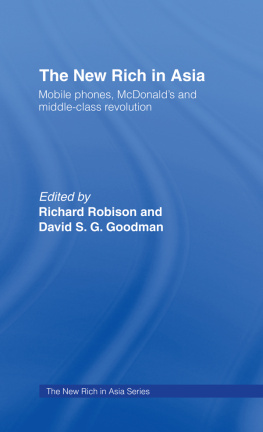Introduction
Whoever controls Central Asia controls the world said Halford Mackinder, the English father of geopolitics. He was looking at the world at the beginning of the 20th century, when the British Empire reached its apogee. It is ironic then that, only a few decades after he developed his ideas, great powers would almost forget about Central Asia and turn their attention back to the Middle East. The reasons? History, geography, and the discovery of vast hydrocarbon resources.
Over the past century, it has been an almost constant refrain: as great and middle powers rise, they will almost invariably look at the Middle East and North Africa (MENA) region. It was therefore to be expected that, with the worlds economic and political centre of gravity moving increasingly towards East and South Asia, a number of countries in these regions would devote more attention to the MENA region. China and India, in particular, have been at the forefront of an astonishing rise, as their GDP has grown respectively fourteen-fold and six-fold, at a constant rate, between 1990 and 2019, with China climbing from the eleventh to the second largest economy in the world, and India from the thirteenth to the fifth. With the unfolding of this monumental change, MENA countries have started to look East more and more and with a keener interest, also with an eye to rebalancing the influence and interference of classical non-regional actors such as the United States, Russia and a number of European countries (especially former colonial powers).
The current geopolitical landscape shares another element with Mackinders times: a global pandemic sweeping across the globe at lightning speed, leaving economies and societies weaker and more fearful. Differently from the 1918-1920 Spanish flu, coming on the heels of World War I, the Covid-19 pandemic is accelerating global trends and dynamics, cementing the rise of Asia as the region where great power competition will most likely be played out in the near future (as highlighted by recent events in Hong Kong and the South China Sea). At the same time, however, the pandemic is also forcing countries to focus more on their respective domestic situation rather than projecting power externally, and to concentrate their international efforts on core business, such as global governance summits or, at most, their own backyards rather than far-flung regions. Moreover, as the pandemic plunged the world into the deepest recession of the past century and more, the further dip in energy prices (which crossed into negative territory for a few days in April) even appeared to remove one of the Asian countries biggest sources of interest in the MENA region: safeguarding oil and natural gas supplies.
Since then, however, energy prices have slightly recovered (crude oil now hovers at about US$40 per barrel still a far cry from the US$100 of 2011-2014), leaving Asian powers wondering whether their current bargaining power will stay as high for much longer. Moreover, structural trade and investment trends are much harder to dent. China, in particular, has become one of the most important trading partners and direct investors in the region, and together with India, Japan and South Korea, forms part of a group of countries that imports around 30% of its crude oil and more than 40% of its natural gas from MENA countries.
This Report delves deeper into how four Asian countries (China, India, Japan and South Korea) have developed, and in many cases strengthened, their relations with countries in the MENA region.
In the first chapter, Zhao Jianming takes stock of the growth in Chinas role in the region over the past few decades. As the United States reviewed its foreign policy strategy, refocusing from the MENA region towards the Asia-Pacific, China was bolstering its position towards many MENA countries by launching the Belt and Road Initiative (BRI). On foreign policy, China has frequently played a less prominent role in the region, often choosing to strengthen ties without directly interfering in domestic and regional developments (in terms of political transitions, social unrest, or outright conflicts). Even as China soared economically, its relations with the MENA region have continued to focus almost entirely around energy supplies and economic and trade cooperation. Zhao argues that the BRI, while framing this approach within a more solid and coherent going out narrative, has not structurally shifted it from a geoeconomic to a geostrategic setting.
Turning to India, Kabir Taneja argues that the countrys Look West policy is one of the oddest foreign policy successes of Prime Minister Modis six-year government. During his tenure, Modi has visited three key regional powers (Iran, Israel and Saudi Arabia), taking advantage of New Delhis historical posture of diplomatic engagement with single countries, but disengagement with respect to regional geopolitical dynamics. In a nutshell, India leverages its capacity to keep regional conflicts and distrust out of its bilateral dialogues by not siding with any one of the aforementioned three power poles. However, while India maintains its neutrality, its economic and geopolitical rise over the past two decades has forced it to adopt a bolder foreign policy posture. As India moves forward, turning into one of the major powers on the international political stage, its stance of placid diplomacy is becoming less and less sustainable, as MENA countries that are approached bilaterally might resent the Indian government doing business with their regional rivals.
According to Adel Abdel Ghafar, Japans posture towards the MENA region can be split into four different phases, starting from the 1960s. Through the decades, Japans MENA policy has continued to hinge upon the need to secure access to the Gulf regions energy resources. Still today, the country continues to import close to 90% of its oil from the region, even though less than 20% of its natural gas comes from MENA countries. During the 1980s, however, Tokyos diplomatic posture towards the region gradually moved closer to the policy preferences of its US ally, distancing itself from post-revolutionary Iran and strengthening ties with Israel. Over time, and as Japan was increasingly concerned with Chinas rise in East Asia, its MENA policy became a means to enhance Japan-US relations. Finally, with the era of Prime Minister Shinzo Abe, Japan appears willing to play a greater, more assertive role on the world stage. As the author argues, Abes frequent visits to the Gulf region have bolstered ties with the UAE and Saudi Arabia, but Japan has been able to carefully balance these ties by implicitly backing the Iran nuclear deal and the de-escalation of regional tensions in the Gulf.

